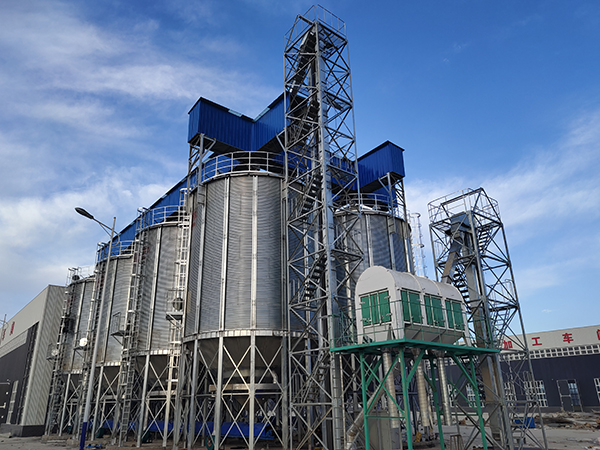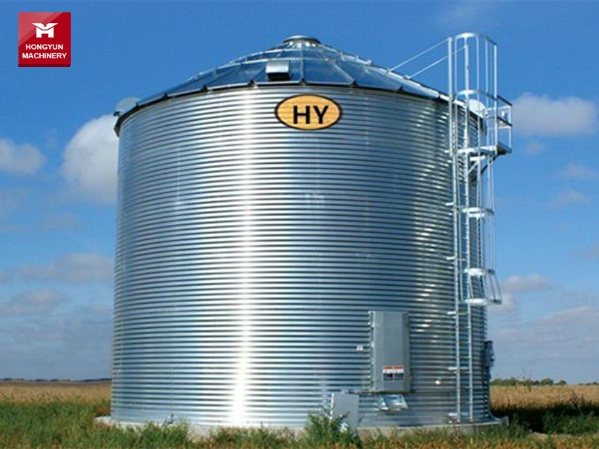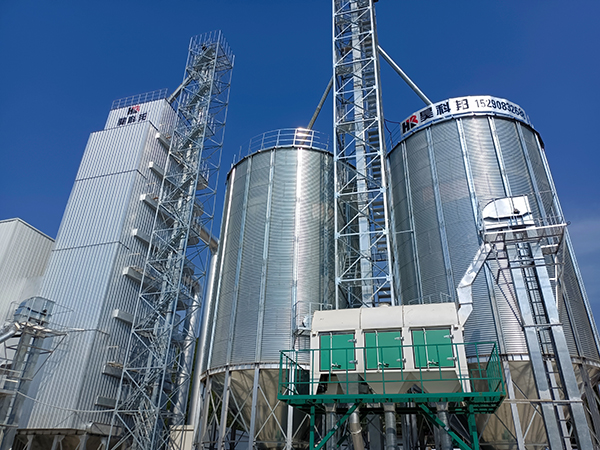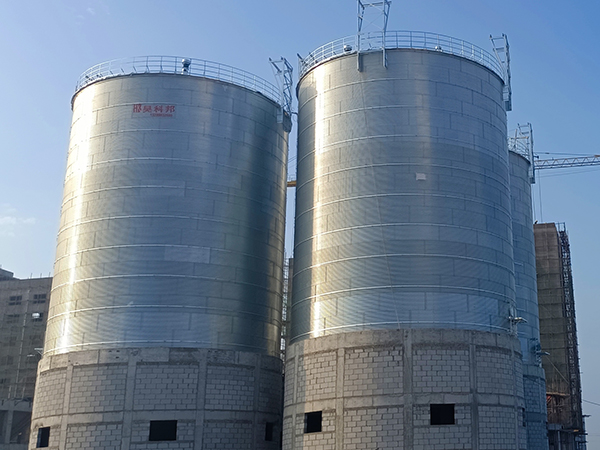How do cereal silo maintain grain quality
Cereal silos maintain grain quality by providing a protective environment for a variety of crops and legumes, with key functions including cleaning, ventilation, and temperature measurement. Choosing the right silo involves considering capacity, silo type, and smart facilities for efficient storage and management.
- Barley grain bin company in Tanzania
- rice grain bin factory in Rwanda
- Paddy grain bin supplier in Guinea
- Wheat Cone-Bottom Silo Franchise in Thailand
- Wheat cone bottom silo procurement in Thailand
- Wholesale Wheat Cone-Bottom Silo in Malaysia
- Manufacturers of Wheat Cone-Bottom Silo in Malaysia
- Wheat Cone-Bottomed Silo Suppliers in Uganda
- Cone-Bottom Wheat Silo Sales in Uganda
- Wheat cone bottom silo price in Uganda
- Soybean meal grain bin sale in Guinea
- Corn grain bin price in Libya
In modern agriculture, cereal silo play a crucial role, not only storing traditional grains but also accommodating a variety of crops. This article will guide you on how cereal silo preserve grain quality.
What can cereal silo store
Cereal silo are designed to provide a safe and protective storage environment for a variety of grain crops. These include, but are not limited to, wheat, corn, sorghum, barley, and rice.
In addition to grains, silos are also suitable for storing legumes. Legumes like soybeans, oats, and peanuts, with their rich nutritional value and broad uses, are also common storage subjects in silos.
Oilseed crops, such as rapeseed, which are key raw materials for producing edible oils and other oil products, are often included in the storage scope of silos.
How to choose the right cereal silo
Choosing the right cereal silo is not easy; you need to consider many factors
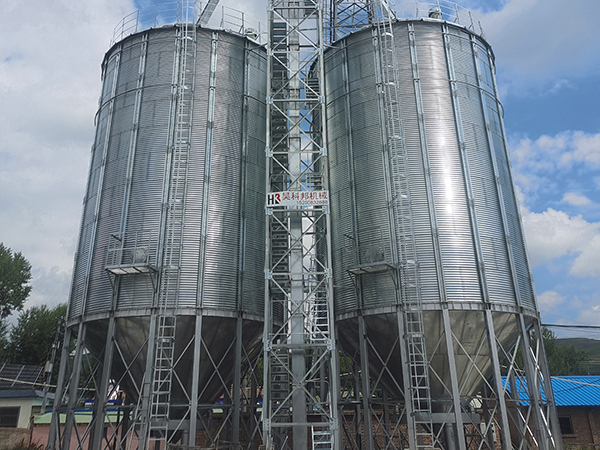

Capacity needs
First, consider the amount of grain you need to store and the possibility of future expansion. Silos come in a wide range of capacities, from 100 tons to 10,000 tons. Therefore, it is essential to assess your storage needs before choosing to ensure they meet your requirements.
Secondly, choose the silo type
Next, you need to select the silo type that suits your needs. Typically, there are two main types of silos: cone-bottom and flat-bottom. If your grain storage is under 1,500 tons, a cone-bottom silo is recommended; if it exceeds 1,500 tons, a flat-bottom silo is advised.
Storage facilities
Finally, consider whether you need to equip with smart facilities and the level of intelligence. Modern silos are often equipped with various intelligent devices, such as smart control systems and remote monitoring systems, which can improve storage efficiency and management convenience.
How do cereal silo better store grain
To ensure grain quality and long-term storage, making full use of cereal silo functions is key. Don’t miss these pieces of equipment
Cleaning facilities
It is essential to pre-clean grains with a cleaning screen before storage. This can be adjusted according to different grain conditions to ensure grain quality and hygiene.
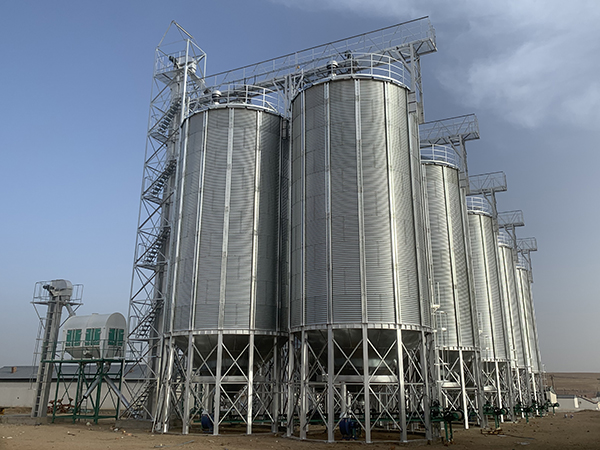
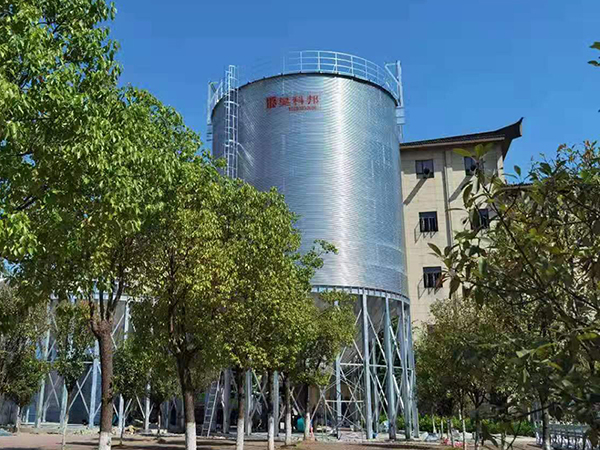
Ventilation facilities
The air quality and humidity inside the silo significantly affect grain quality. A centrifugal fan can introduce fresh air from the bottom of the silo, circulate it through the silo, and finally expel it from the top, achieving ventilation and air exchange. The centrifugal fan not only effectively improves the air quality inside the silo but also controls the temperature, ensuring a stable and safe environment.
Temperature measurement facilities
Installing temperature and humidity sensors can monitor the temperature and humidity inside the cereal silo in real-time and upload the data to a computer.
This way, you can directly view the environmental data inside the silo on the computer and promptly adjust the silo’s operating parameters to ensure the grain storage environment is at its best.

